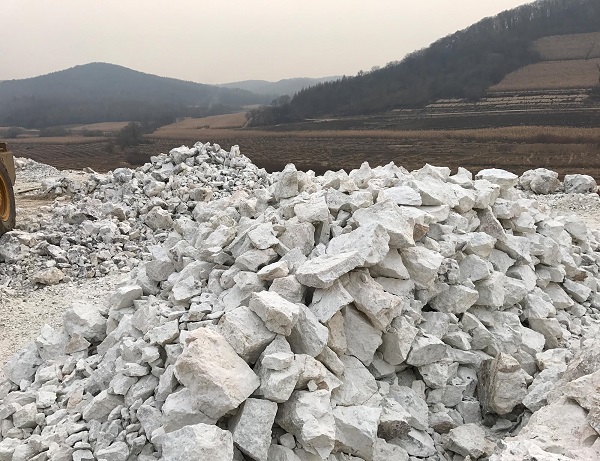(1) reducing the firing temperature: the main material of the traditional ceramics is kaolin, which belongs to the system of silicon - aluminum, which is burned at high temperature (1250~1350 C), and the crystallization phase is mainly mullite. Wollastonite is introduced to form silicon aluminum calcium eutectic system, and the main crystal phase is calcium feldspar. The temperature of wollastonite and kaolinite should be 900~1000 C, and the reaction temperature of mullite is much lower than that of kaolinite.
(2) shorten the firing period: as the powder of wollastonite is needle like, the needle like crystal of wollastonite becomes the passage of wet gas in the process of drying and firing, so drying and burning fast, thus shortening the firing period and improving the efficiency.
(3) improve the strength of the body and product: the acicular crystal of wollastonite is interwoven in the blank body, the expansion coefficient of the wollastonite line is small, the volume shrinkage of the wollastonite is small and the residual wollastonite intertwined structure has improved the mechanical strength of the billet and the products, which is useful for the manufacture of high strength ceramics.
(4) reduce the moisture absorption expansion: the ceramics containing wollastonite can not add or do not add alkali metal compound flux, and the sintered products contain low alkalinity, so the moisture absorption rate is low and the durability of products can be improved.
(5) making low dielectric insulation ceramics: the wollastonite has good insulation, low dielectric loss, needle like crystal and low moisture absorption rate. It is an ideal material for making high strength electric insulation porcelain.
(6) reduce the defects of billet and glaze: wollastonite does not contain volatile gas, which makes the defects of the billet less, so that the glaze does not produce needle holes or pits. The low expansibility and fusibility of wollastonite are favorable for making low expansion and low temperature glaze.
(7) making high temperature and high strength ceramic mold: the strength of plaster mold is low and the use temperature is low, so it can not meet the requirement of large-scale production. The bulk density of the powder is less than 1, and the porosity of the product is more than 60%. It is an ideal material for developing high temperature and high strength ceramic mold.



 E
E